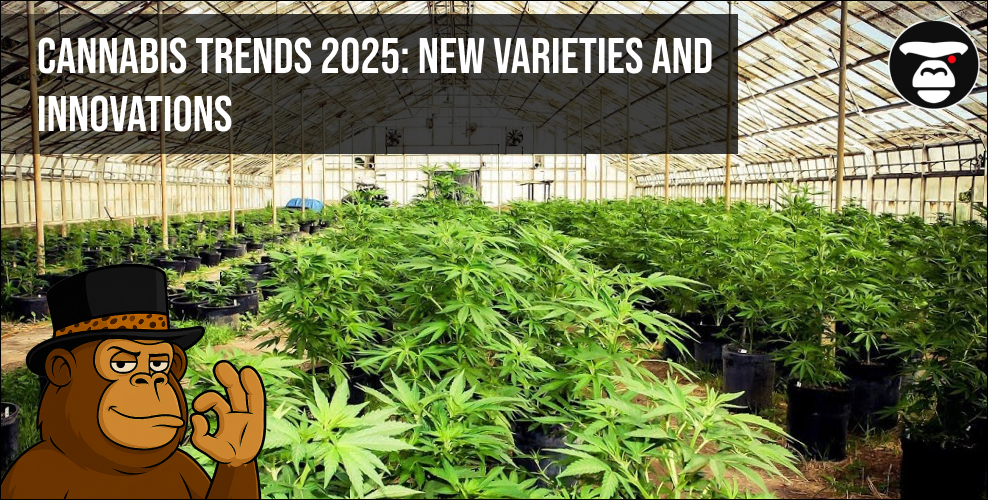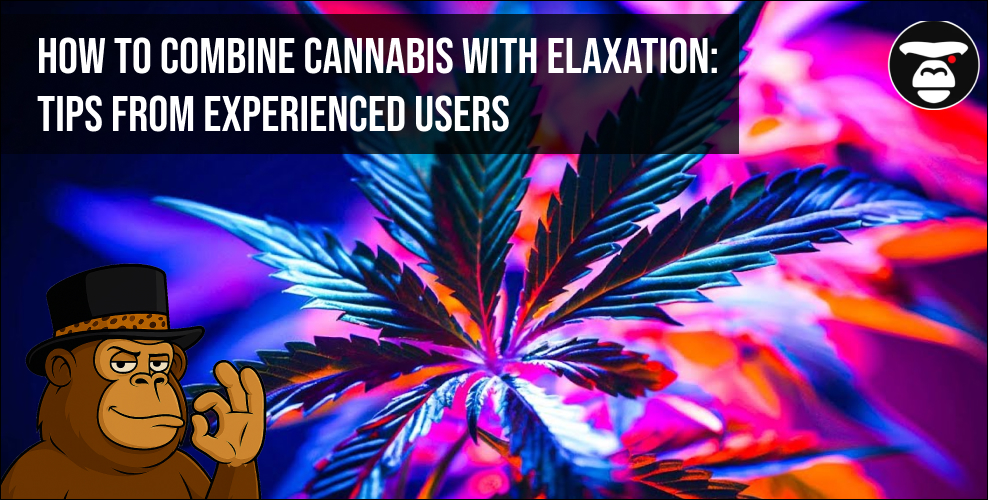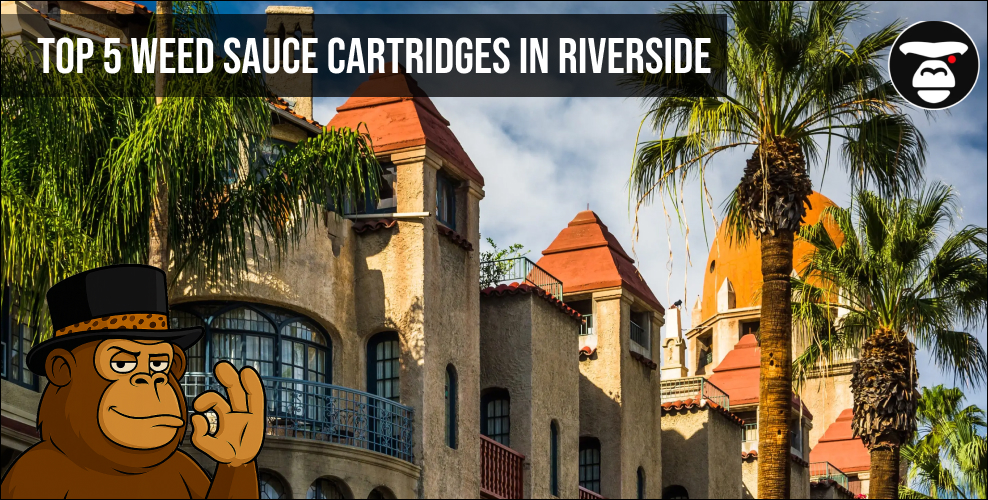Hydroponics vs. Aquaponics: What is the Best?

The choice between hydroponics and aquaponics has been a subject of ongoing discussion among cannabis growers seeking efficient and eco-friendly soilless growing methods.
Both hydroponics and aquaponics offer distinct advantages over traditional soil-based gardening, such as improved resource utilization, faster plant growth, and higher yields.
Hydroponics encompasses various systems that deliver nutrient-rich water directly to cannabis roots, while aquaponics merges hydroponics with aquaculture, introducing fish to create a self-sustaining ecosystem.
A similar question sometimes arises in another topic. Cannabis enthusiasts are often intrigued by the world of cannabis concentrates. And two highly regarded options are live resin and live rosin.
These concentrates boast exceptional potency and maintain the plant’s natural essence at its peak freshness. To understand, read our article “Live resin vs Live rosin”.
What is Hydroponics?
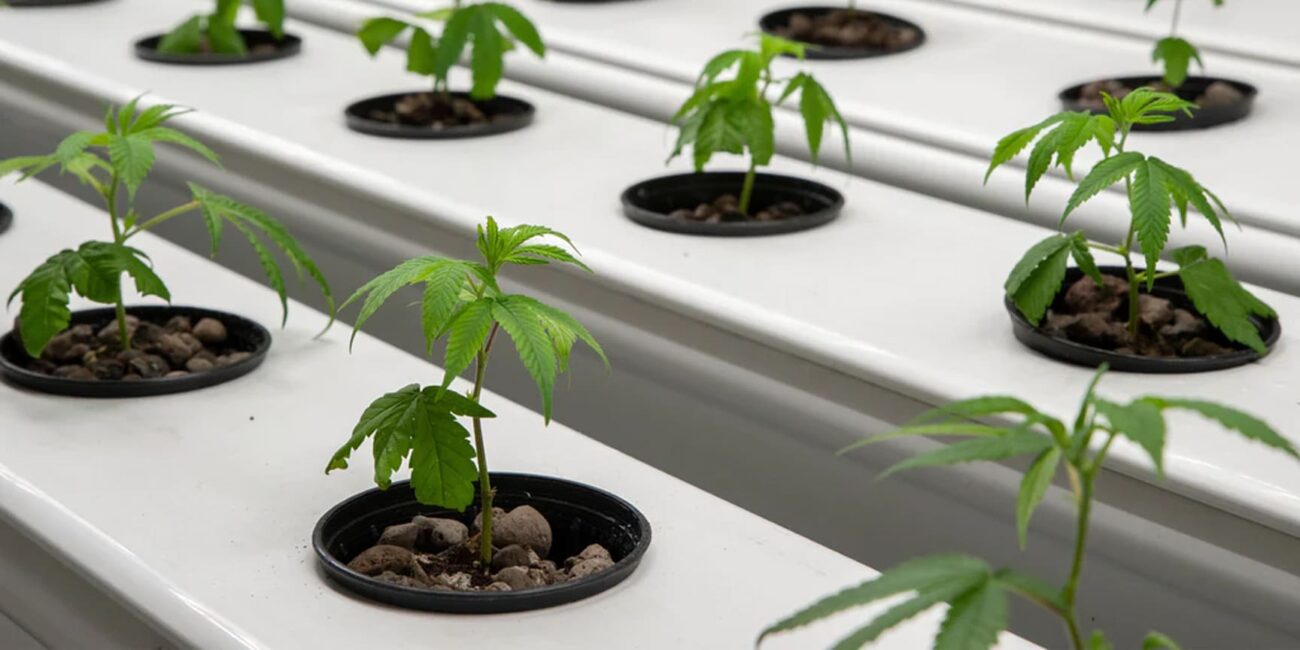
Hydroponics, often misunderstood by inexperienced growers, encompasses various systems beyond the commonly known ebb and flow sub-irrigation. Under the umbrella term of hydroponics, these diverse systems deliver nutrient-rich water directly to the cannabis roots.
The fundamental design of these systems revolves around a grow tray and reservoir, but the key distinctions emerge in the flow of nutrient-rich water. If you’re curious about exploring these different hydroponic systems in detail, we invite you to read our comprehensive article on hydroponic growing.
Pluses and minuses
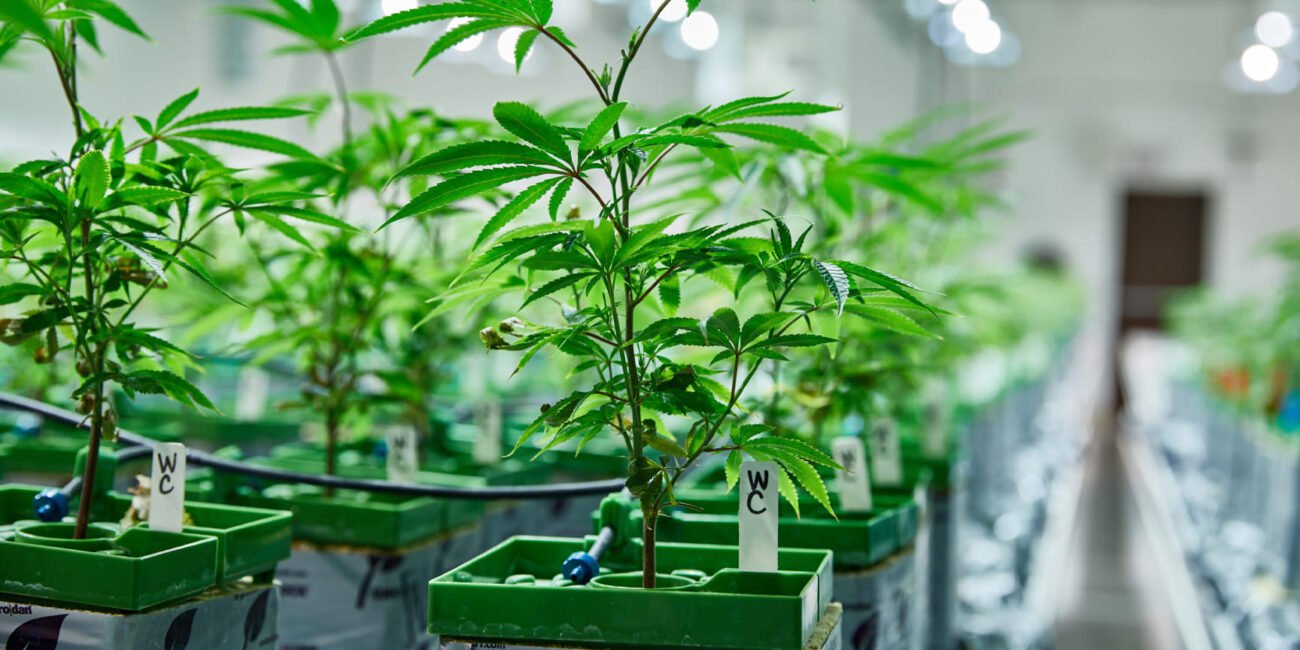
Growing cannabis with hydroponics offers several advantages that contribute to a more efficient and controlled cultivation process.
Pluses
- Enhanced nutrient control: Growers have precise control over nutrient levels, leading to faster growth and larger, more potent buds.
- Reduced risk of nutrient burn: Careful nutrient regulation minimizes the risk of nutrient burn and maintains plant health.
- Sustainable and cost-effective: Hydroponic systems allow for reusing nutrient solutions, reducing waste and expenses.
- Compact and space-efficient: Hydroponic setups can fit in small spaces, making them ideal for indoor growers with limited room.
- Disease-free cultivation: Hydroponics eliminates soil-related diseases, resulting in healthier crops.
- Controlled pH and EC levels: Precise monitoring of pH and electrical conductivity ensures optimal nutrient absorption.
- Discreet and odor control: Hydroponic systems produce fewer odors, providing a more discreet growing environment and reducing the risk of pests.
Minuses
- Increased risk of contamination: Hydroponic systems may be more susceptible to mold, mildew, and root rot if not diligently monitored and maintained.
- Higher initial investment: Growing large cannabis plants in hydroponics requires purchasing additional items, such as heavy-duty plastic grow trays and sturdy net pots, which can be more expensive compared to traditional soil-based setups.
- Cost of hydroponic nutrients: Nutrient formulas and supplements like root boosters can gradually add to the overall cost of operating a hydroponic system.
What is Aquaponics?
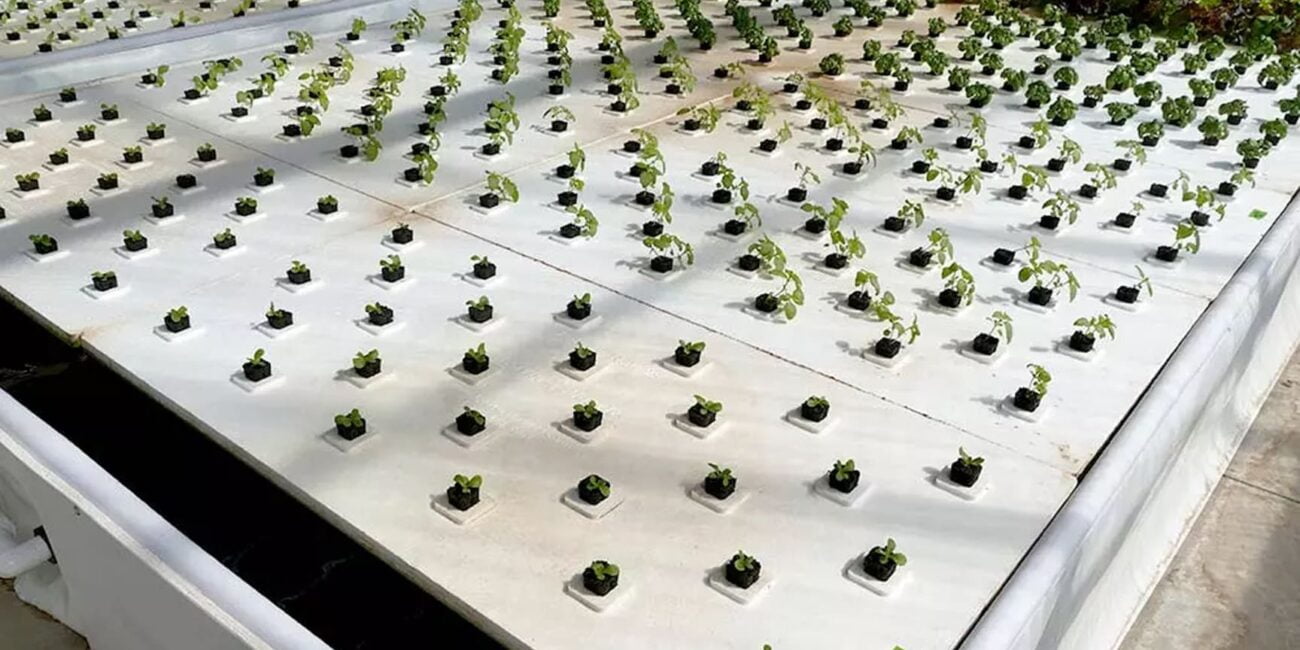
Aquaponics is a specialized form of hydroponics that merges aquaculture and hydroponics principles. It follows the same fundamental two-part structure of a grow tray and a reservoir.
The distinctive aspect of aquaponics lies in its natural nutrient enrichment process. Instead of manually adding nutrients to the reservoir, the system incorporates fish, which contribute organic matter to the water.
This organic matter undergoes a transformation, facilitated by beneficial bacteria, into viable nutrients for cannabis plants.
By the way, if you are interested in Premium cannabis flowers, then check it out in our catalog. They will give you an unforgettable experience and incredible effects that will allow you to discover something new for yourself.
In this harmonious ecosystem, cannabis plants absorb these nutrients, playing a vital role in maintaining the aquarium’s ecological balance.
This intricate relationship forms a symbiotic connection between the cannabis plants, bacteria, and the fish, creating a self-sustaining and efficient method of cultivation.
Pluses and minuses

Hydroponically cultivated cannabis may occasionally develop a chemical taste, prompting some growers to prefer soil-based cultivation.
Pluses
- Organic Nutrients: Aquaponics utilizes natural fish waste to enrich the water with organic nutrients, leading to cannabis with a more authentic and chemical-free taste compared to hydroponic systems.
- Integrated Farming: With aquaponics, growers can raise fish and cultivate marijuana simultaneously, creating a harmonious ecosystem where fish waste nourishes the plants, and the plants purify the water for the fish.
- Diversified Income: For commercial cannabis growers, aquaponics presents an opportunity to diversify income streams by incorporating fish farming (e.g., tilapia or koi) as an additional profitable side-business.
- Environmentally Sustainable: Unlike traditional hydroponics, aquaponics is an environmentally sustainable method of growing marijuana. It reduces water consumption, minimizes the need for chemical fertilizers, and promotes eco-friendly practices.
- Reduced Ecosystem Impact: By utilizing a closed-loop system, aquaponics minimizes its impact on the ecosystem, helping to protect natural water resources and contributing to a more ecologically responsible approach to cannabis cultivation.
Minuses
- Increased Odor: Aquaponics tends to produce more odor compared to hydroponics due to the use of soilless growing media like Rockwool, which can emit a fishy smell that may be less desirable for some growers.
- Limited Nutrient Support: Aquaponics may struggle to support cannabis strains with high nutrient demands. The organic matter generated by the fish may not provide sufficient nutrients for nutrient-hungry strains, potentially affecting their growth and yield.
- Higher Costs: While the cost of aquaponics may seem similar to hydroponics at first glance, the startup and running costs of aquaponics systems can be surprisingly higher. The need to maintain a balanced ecosystem for both fish and plants may lead to increased expenses compared to traditional hydroponic setups.
Which one is better?
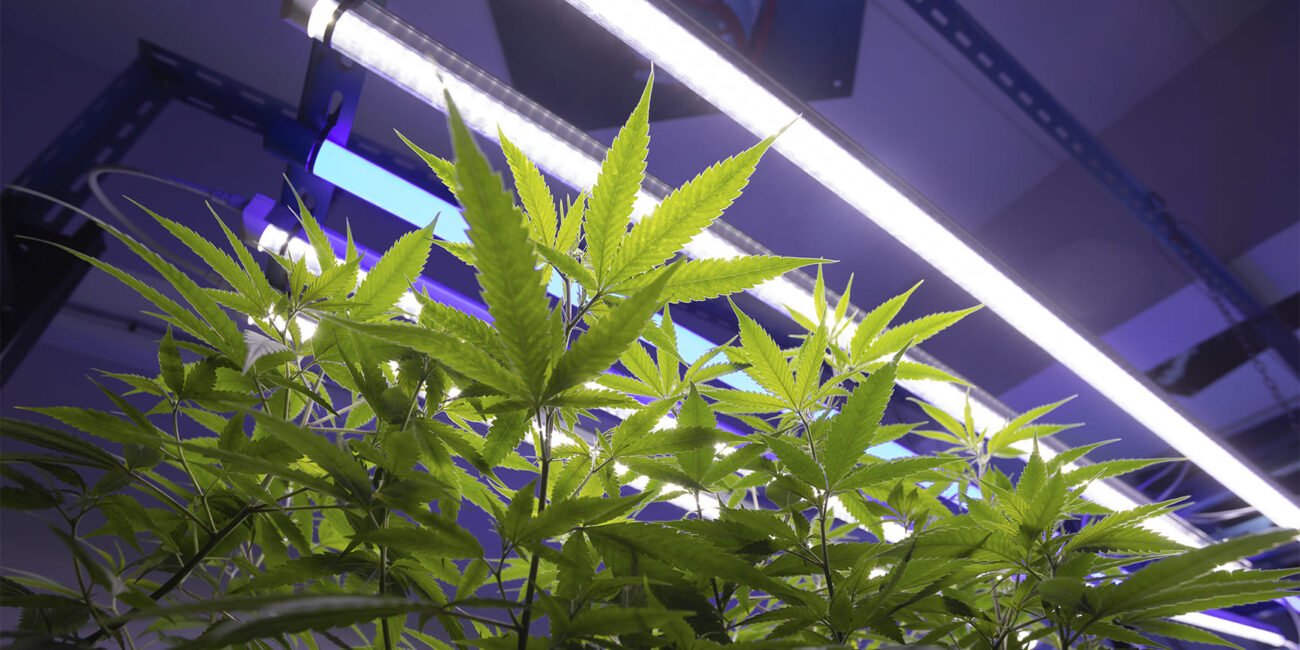
The debate between hydroponics and aquaponics as superior soilless growing systems has been a topic of discussion among cannabis growers. Both methods offer clear advantages over traditional soil-based gardening, including environmental benefits, resource efficiency, faster plant growth, and higher yields.
Aquaponics, in particular, has garnered praise for its unique approach, combining hydroponics with aquaculture to create a self-sustaining ecosystem.
By incorporating fish, the system generates beneficial nitrifying bacteria that convert fish waste into nitrogen, providing a natural and sustainable nutrient source for the cannabis plants.
Once an aquaponics system reaches its peak, it requires less day-to-day maintenance compared to hydroponics, as the aquatic solution remains stable without the need for frequent refreshment due to increasing salt concentrations.
Weed can be grown by various methods, but the main thing is the effect. Our cartridges, crafted with a ceramic heating coil, offer unparalleled heating performance, ensuring each puff is a step into euphoria. Unveiling the sauce сartridge, a fusion of superior craftsmanship and the vibrant Sour Diesel sativa strain.
Or what about Pink Runtz Sauce Cartridge? It is perfect for those who want a flavorful and potent smoking experience on the go. This cart has strong sedative and relaxing effects making it excellent for relieving stress.
On the other hand, hydroponics remains the more popular choice among both hobbyists and commercial growers. Its widespread adoption is attributed to its ease of setup, clean appearance indoors, cost-effectiveness, and faster return on investment.
Hydroponic systems generally require less initial investment and offer a quicker ROI, making them attractive to many cannabis cultivators.
Ultimately, the decision between hydroponics and aquaponics comes down to individual preferences and needs. There is no definitive answer to which system is better, as both have their merits and drawbacks.
Growers should consider what they seek from their system and what brings them the most enjoyment in their cultivation journey.
Whether it’s the sustainability and symbiosis of aquaponics or the simplicity and efficiency of hydroponics. The choice should align with the grower’s objectives and personal preferences.



